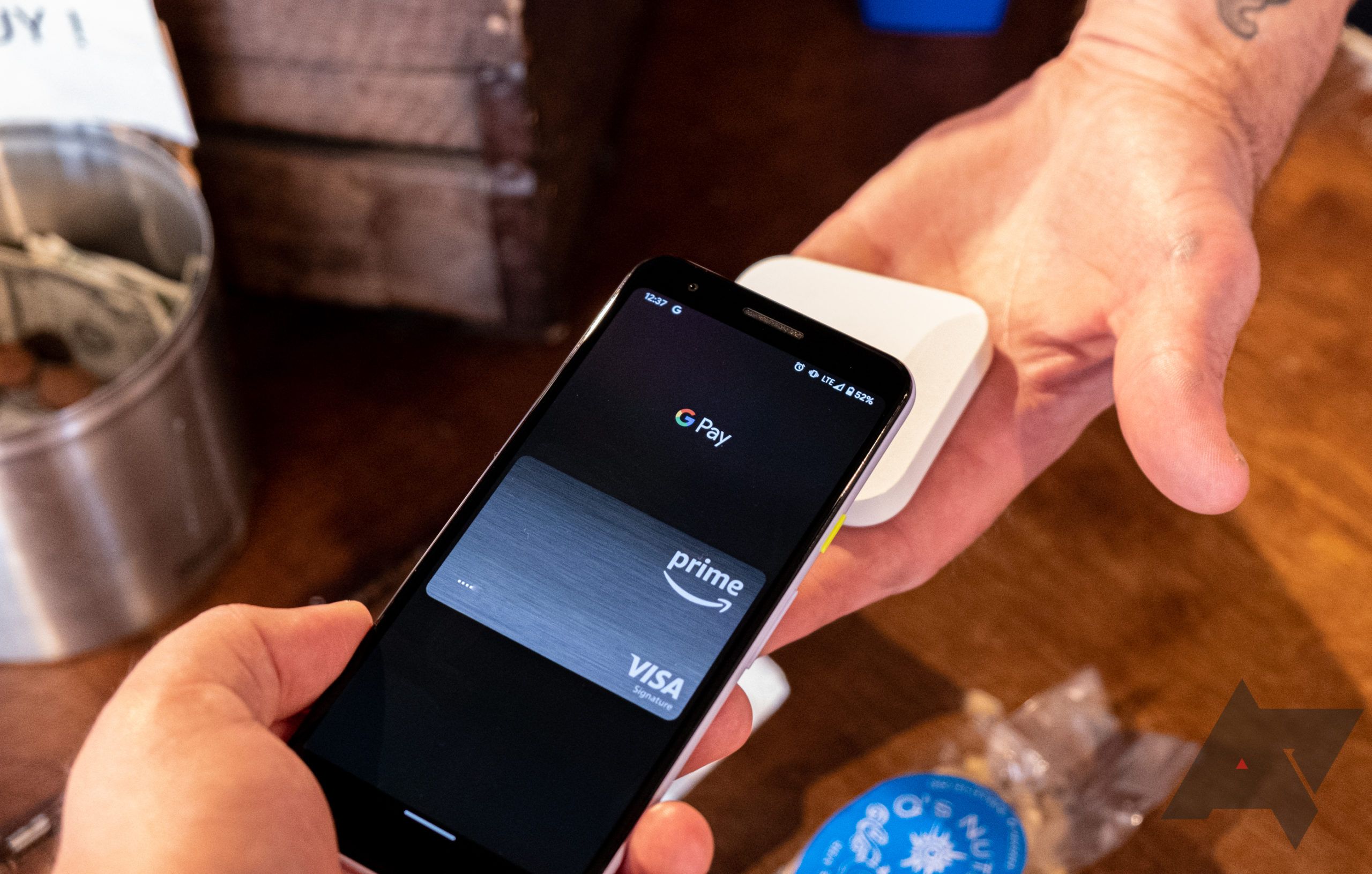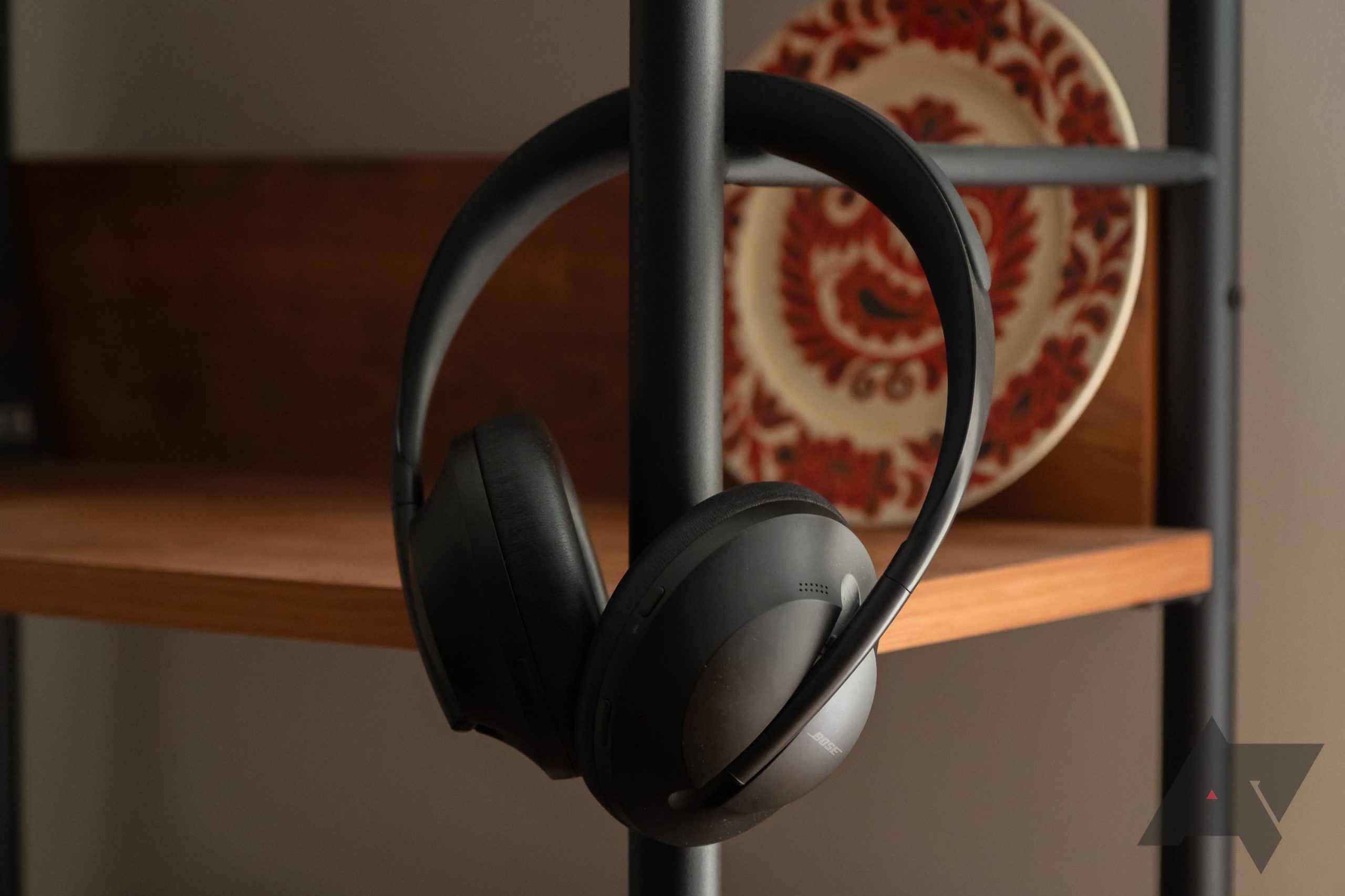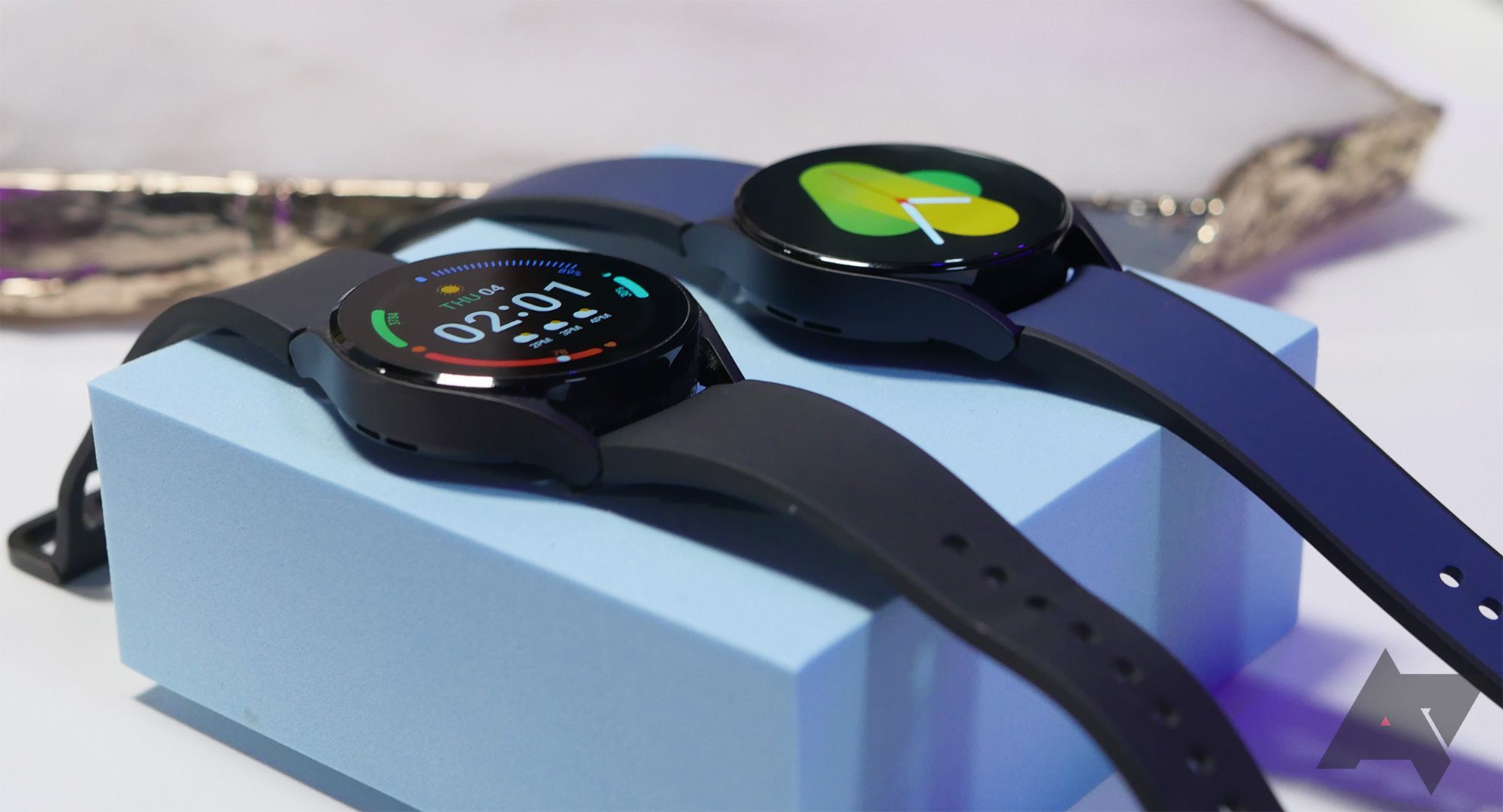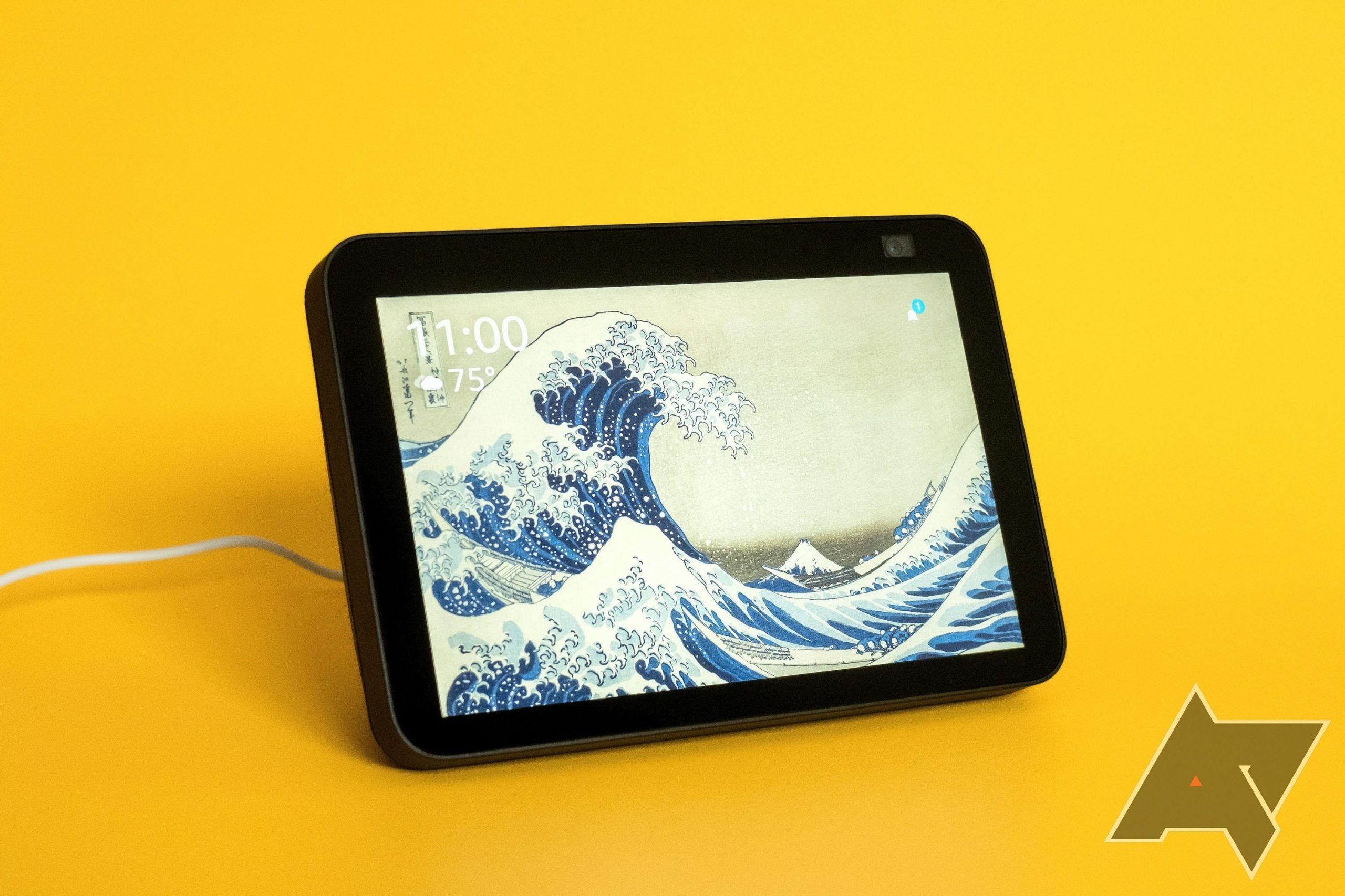The Google Pay and Samsung Pay apps offer Android customers a convenient contrivance to attain funds by strategy of NFC (Near Arena Conversation) technology. By technique of these apps, it is doubtless you’ll perchance faucet a flowery minded tool in opposition to an NFC reader to attain funds with out pulling out your card. These apps are on hand on most Android telephones and our favourite Android smartwatches.
In the occasion you live within the U.S., Singapore, or India, Google Pockets is on hand alongside Google Pay, and Google Pockets isn’t very on hand in India. In this article, we are going to consult with the Google Pay app, which is most attention-grabbing on hand in these three countries. No longer trail exactly how faucet-to-pay works? Take a look at out our manual on NFC technology and how or not it is frail.
Historical previous and evolution of Samsung Pay and Google Pay
Samsung Pay and Google Pay occupy gone thru a complete lot of changes over the years, so if you happen to will be perplexed about the consistently though-provoking terminology, here’s everything you must understand.
Samsung Pay
Samsung Pay launched in 2015 and modified into rebranded to Samsung Pockets in some countries in June 2022. The unique app mixed the Samsung Pay and Samsung Pass apps to changed into a hub for everything linked to funds, digital IDs, digital keys, and loyalty applications on Samsung Galaxy telephones. Alternatively, the app modified into not renamed in South Korea no subject functioning the identical as Samsung Pockets.
Google Pay
Google Pay followed a a similar but more refined historical previous to Samsung Pay. Google launched Google Pockets in 2011 and Android Pay in 2015. These apps were merged into a single app (Google Pay) in 2018 before being renamed to Google Pockets in 2022. At the present time, Google Pockets is the sphere’s predominant name for the app. Alternatively, the action of making funds thru cards saved within the pockets is regularly known as Google Pay.
Alternatively, in 2020, Google launched Google Pay (2020) alongside the present Google Pay (2018) app. This app, customarily known as GPay, is most attention-grabbing on hand in India, Singapore, and the U.S. and is useable alongside Google Pockets in Singapore and the U.S.
Puzzled? That is gorgeous. Alternatively, no subject the diversified names, these days’s Google fee apps occupy broadly the identical features. The app below is the one we consult with sometime of this article.
Installation and tool integration
The vital distinction between Samsung Pay and Google Pay is the devices they encourage. In the occasion you occupy a Samsung phone, it is doubtless you’ll perchance install any fee service. Alternatively, if you happen to safe but every other Android tool or iOS, it is doubtless you’ll perchance most attention-grabbing utilize Google’s fee platform, as Samsung Pay is locked to Galaxy telephones.
Whereas it is doubtless you’ll perchance utilize Google Pay on iPhones, the faucet-to-pay efficiency would not work as or not it is restricted to most attention-grabbing Apple apps. In the meantime, Google Pockets isn’t very on hand for iPhones.
Regional availability and native card encourage
Samsung Pay is on hand in 15 countries. Google Pay is most attention-grabbing on hand in three countries (the U.S., Singapore, and India), but its functionally identical sibling, Google Pockets, is on hand in 66 countries.
Google Pay and Samsung Pay work with nearly any card within the U.S. Most newly added banks are smaller local networks and credit unions, and they preserve coming. At this point, there are so important of supported banks that or not it is turning into laborious to search out ones that don’t seem to be listed.
Google Pay and Samsung Pay also encourage membership cards, gift cards, and transit passes in just a few areas. Some airways occupy added plane tickets. Though, the app’s reliance on your phone number for logins is a piece tense.
Online and in-person fee choices
Google Pay and Samsung Pay encourage NFC technology, permitting you to attain physical funds by tapping your NFC-supported Android phone on a flowery minded card reader. No longer all retailers occupy NFC-fancy minded fee terminals, so this isn’t very always genuinely consistently an option.
Samsung telephones frail to occupy a technology known as MST (Magnetic Salvage Transmission) to push the magnetic stripe recordsdata out of your card to non-NFC terminals, but not anymore. The most contemporary Samsung Galaxy S23 sequence lacks the feature. Don’t retain your breath for future encourage, either. Samsung moved away from that with the Galaxy S21 family when it dropped MST encourage within the U.S., striking off one among Samsung’s predominant advantages over Google Pay.
As a long way as on-line funds shuffle, many retailers occupy both platforms as common fee gateways, and the number continues to prolong. Alternatively, Google Pay is the incessantly common platform.
Files security
NFC funds are, no subject what it is doubtless you’ll perchance hear, extremely stable. As lengthy as your phone is safe with a code or biometric unlock contrivance, NFC is more stable than the utilize of a physical bank card. That isn’t very most attention-grabbing thanks to the extra authentication layer. Your loyal bank card number isn’t very saved on your phone with NFC funds. As but every other, a virtual card number is assigned to you, which the card reader sees while you make utilize of faucet-to-pay, making your trusty card number more difficult to compromise at the purpose of sale stage.
Alternatively, Samsung Pay could perchance need an recordsdata security edge over Google Pay. Whereas both providers and products occupy recordsdata encryption and constructed-in authentication, Samsung’s resolution is secured by Knox, the company’s cellular security platform and sturdy encryption resolution. Knox is constructed into Samsung telephones, from the Galaxy S10 and Galaxy Stamp 10 to the Galaxy S23 Ultra. It be also on hand on a complete lot of Galaxy Tab pills, M sequence telephones, and A sequence telephones.
Rewards
Samsung Pay and Google Pay encourage gift and membership cards. Samsung affords a huge desire of discounts and particular deals (which is able to be spammy). Though, odds are you’re going to not care about most of the retailers offering discounts within the app. In the meantime, Google Pay affords more sturdy rewards, cashback from a complete lot of retailers, and varied in-store and on-line coupons.
The explicit facet of Samsung Pay is Samsung Rewards. It permits you to execute facets whereas procuring on the service and later redeem them thru purchases on the Samsung app or reliable web save aside. Whereas its loyalty cards, vouchers, and diversified affords are mammoth, Google Pay falls short on this regard, because it lacks its safe rewards machine.
Google Pay vs. Samsung Pay: Which could perchance aloof you make utilize of?
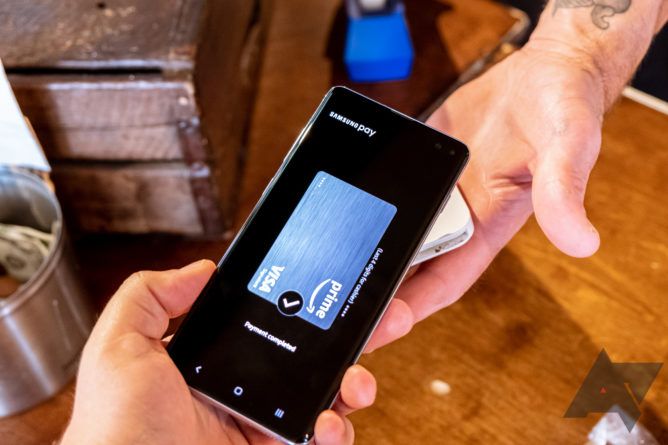
Because of the Samsung Pay’s exclusivity, you’re going to most attention-grabbing need to resolve if you happen to pick out a Samsung phone. Alternatively, even supposing you happen to safe one among our favourite Samsung telephones, it is doubtless you’ll perchance well per chance salvage that Google Pay is a smarter option as or not it is extensively common amongst retailers. Soundless, it is doubtless you’ll perchance utilize both apps at the identical time. But if you happen to to attain to a determination that Google Pay is the greater option, here’s be taught how to deactivate Samsung Pockets (and Pay) on your Galaxy phone.

